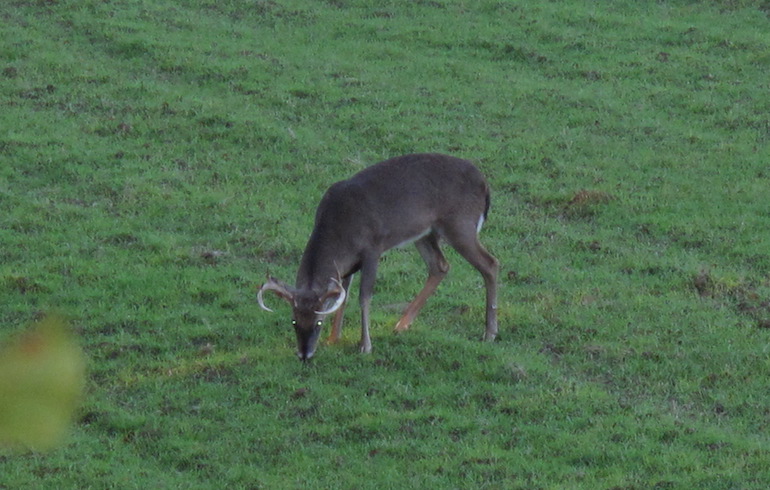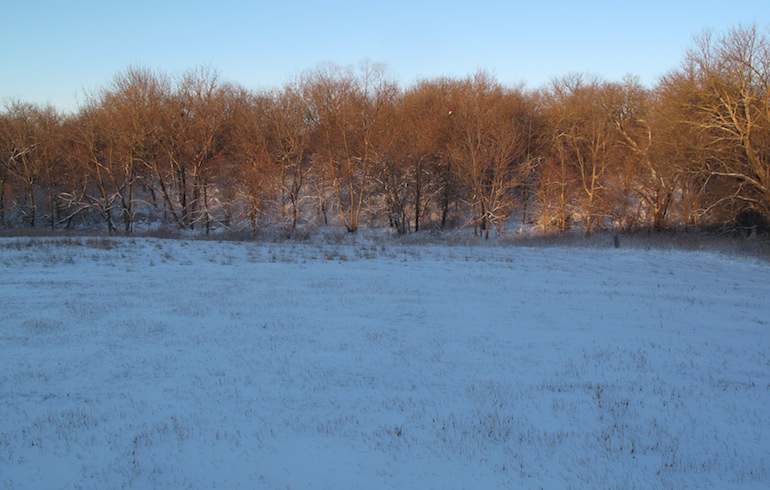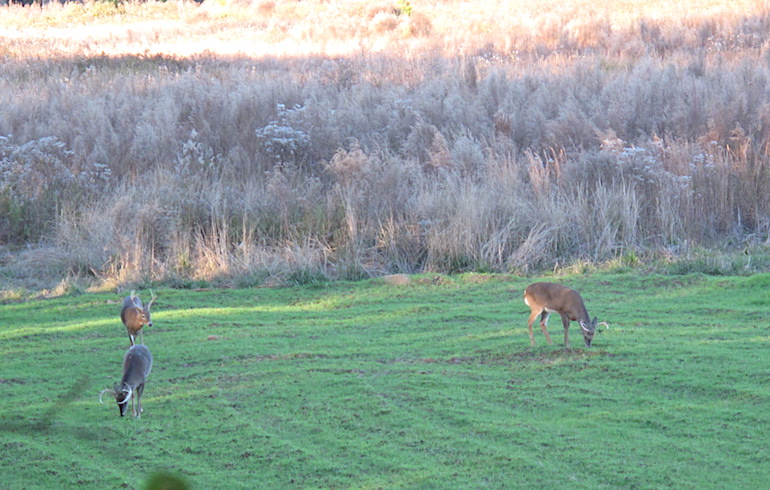Tips for Shooting in Low-Light Conditions
If you hunt deer, odds are you are often faced with judging game and determining whether to take a shot or not in low light situations.
Whitetails, mule deer, elk and even small game such as squirrels and rabbits are crepuscular, meaning they feed primarily at dawn or dusk (twilight hours) when night is transitioning to day and vice versa. For this reason, much of a hunter’s time—for sake of this blog, a deer hunter’s time—is going to be spent in the woods, most likely on a stand during…

…the first hours of the morning and the last hours of the afternoon. While deer can certainly be seen feeding or on the move at any time of the day or night—movement is affected by weather, hunting pressure, period of the rut and moon phase—the greatest factor is time of day.

For most hunters, this means having to potentially properly identify game and then if confirmed, maybe take a shot that has be placed accurately in the animal’s vitals to minimize tracking and eliminate wounding.
The Feeding Pattern Advantage: In areas where forests dominate the landscape or large woodlots are common, most deer hunters sit morning stands in the woods based on the dominant feeding pattern of deer in fields feeding under cover of darkness in early morning and moving toward bedding areas as it becomes daylight. Then the hunters will do just the opposite in the afternoon, when deer are leaving the cover of bedding areas and moving toward the fields as it gets closer to dark.
This is not only good to improve the odds for hunting success by taking advantage of the natural movement patterns of deer, it is also good for how your eyes adjust to darkness as well.

Everyone knows how it’s harder to see when stepping from a lit environment to a dark one, but after about 15 to 20 seconds, your eyes adjust and can see better. If you are in stand in the woods in the morning, your eyes will adjust to the darkness and by the time first shooting light is approaching, you should be able to see better as deer begin to move through the trees and brush. In the evening, it can become impossible to see well enough in the woods to safely identify game or shoot, even if it is still legal shooting hours. Set up on the edge of a field, however, where the additional light is present and you can maximize shooting time at the end of the day.
Don’t Switch Your View: When it is low light, as noted, it takes time for your eyes to adjust when switching from say the darkness of a woods edge and then glancing up at the light of the sky. Focus on one light condition when possible to allow your eyes to be properly adjusted. It only takes second for a trophy to appear and disappear. You don’t want to have to wait for your eyes to adjust to properly make the monster out and get on target.

Wear a Hat: The traditional billed ball cap many of us wear when hunting (or anytime in our lives) is a great tool to help shield our eyes from not just the bright daylight of midday, but also the contrast of a still lit sky as your surroundings grow darker. Pull it down to keep eyes shielded from the sky and adjusted to the growing gloom of dusk.
Follow Winchester’s social media channels for more hunting and shooting tips and updates on Winchester supported events and promotions on Facebook, YouTube, Instagram and Twitter.




